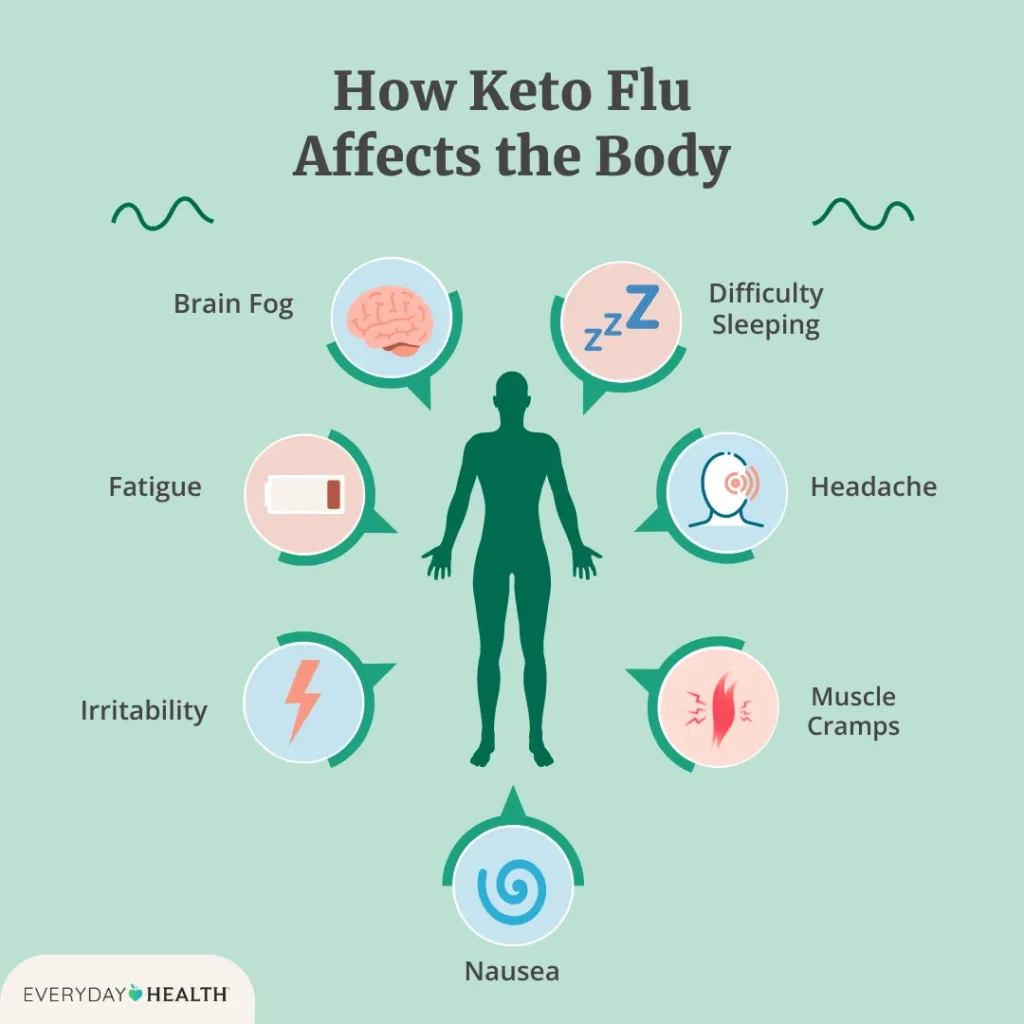If you have recently started a ketogenic diet, you may have experienced what is commonly known as the “keto flu.” This temporary condition can be challenging to deal with, but understanding the symptoms and knowing how to combat them can help you survive this phase and continue on your journey to better health.
The keto flu typically occurs within the first week of starting a ketogenic diet, as your body adjusts to the shift in energy sources from carbohydrates to fats. During this transition, your body may experience a range of symptoms that mimic the flu, such as fatigue, headaches, nausea, irritability, and dizziness.
One of the most common symptoms of the keto flu is fatigue, which can be caused by the depletion of glycogen stores in the body. When you restrict carbohydrates, your body begins to burn stored fat for energy, which can lead to a temporary drop in energy levels. To combat fatigue, make sure you are getting enough rest and staying hydrated.
Headaches are another common symptom of the keto flu, which can be caused by dehydration or a lack of electrolytes. It is important to drink plenty of water and replenish your electrolytes by consuming foods rich in potassium, magnesium, and sodium, such as avocados, nuts, and leafy greens.
Nausea and irritability are also common symptoms of the keto flu, which can be caused by changes in hormone levels and fluctuations in blood sugar. To combat these symptoms, try to eat smaller, more frequent meals throughout the day and focus on consuming whole, nutrient-dense foods.
Dizziness is another symptom that can occur during the keto flu, which can be caused by a drop in blood sugar levels or dehydration. To combat dizziness, make sure you are staying hydrated and consuming enough electrolytes.
While the keto flu can be challenging to deal with, it is important to remember that it is only temporary and will pass as your body adjusts to the ketogenic diet. In the meantime, there are several strategies you can use to combat the symptoms and make the transition easier.
First and foremost, make sure you are staying hydrated and consuming enough electrolytes. Drinking plenty of water and consuming foods rich in potassium, magnesium, and sodium can help replenish your electrolyte levels and alleviate symptoms such as headaches and dizziness.
In addition, make sure you are getting enough rest and listening to your body. If you are feeling fatigued or unwell, it is important to take a break and give your body the time it needs to adjust to the ketogenic diet.
Lastly, be patient with yourself and remember that the keto flu is a normal part of the transition to a ketogenic diet. By understanding the symptoms and knowing how to combat them, you can survive the keto flu and continue on your journey to better health.


